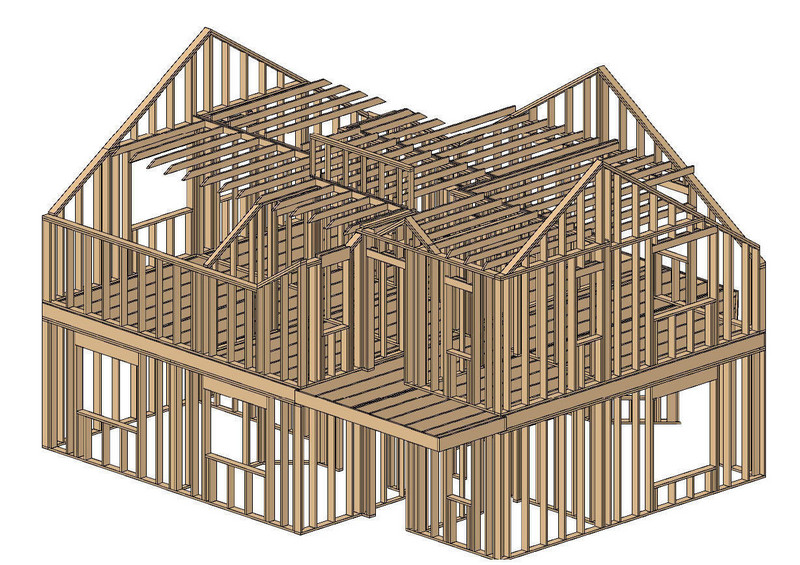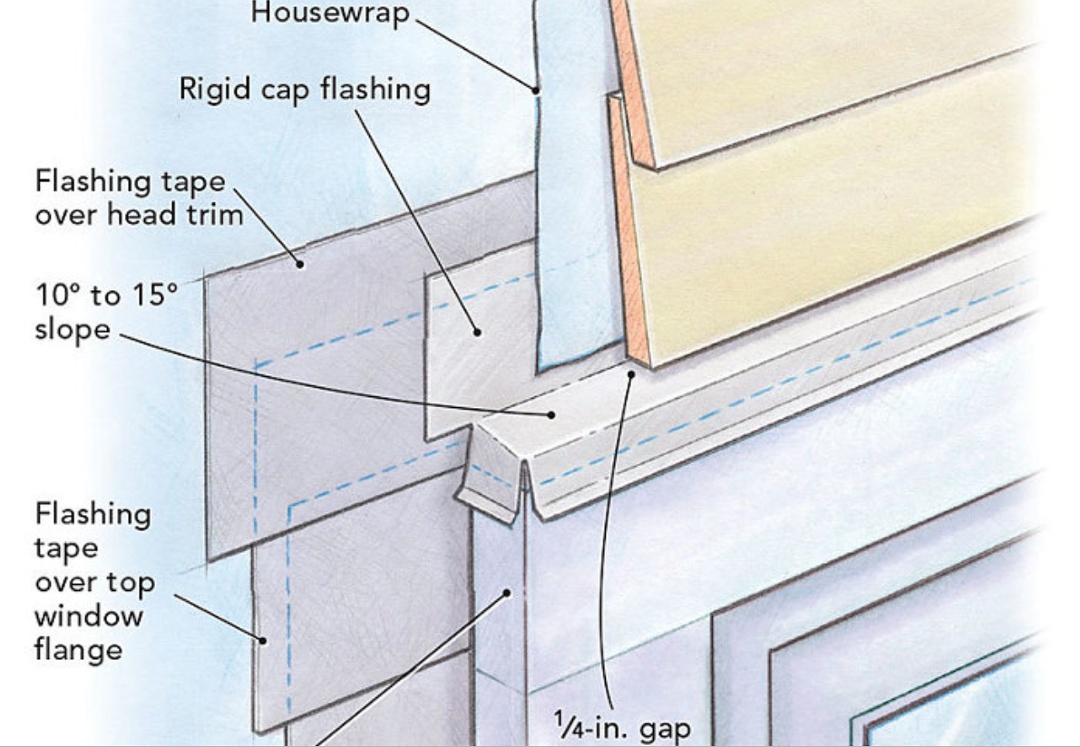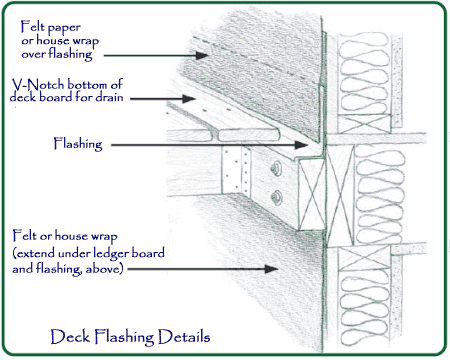09 May April 2020
Willis Sinclair Homes
“The Lowcountry’s Premier Custom Home Builder”

Introducing Edith Rose Ponds. Edith (2 hours old in this photo) is Willis & Debby’s 8th child and Bill & Kandy’s 35th grandchild.
24 Gabriel Road
Lodge, South Carolina 29082

843 846 2500
April 2020
Number 74
 From the desk
From the desk
of Willis…
Happy Spring! We hope everyone made it safely through the last month of winter and are enjoying dryer and more pleasant weather.
By the time you read this we will be several weeks into the COVID-19 virus outbreak. As of this writing we still aren’t sure what the full effect will be on us. We are cautiously optimistic that this will pass without too much damage done to us or our customers. We pray that all of you make it through in good health.
The bigger news of the past month for us was the birth of Edith Rose, our 8th child and 4th girl! Baby and Mom are both doing great and are in good health! For some eight children is a lot but for Debby and me it just seems normal. I was one of ten and Debby was one of eight. When we were first married we were honestly a bit lonely. Now we have a house full of joy, and we love it!
We are well into our 2020 business year and future prospects are still looking good for us. This past year was our busiest yet and with that came some production challenges. Abbey and I found ourselves stretched thin at times with all we were having to do. We know that some of our customers experienced this as some of our projects stretched out further than we had planned. We are anticipating a similar work load this year and that has led us to make some changes in order to keep up.
The biggest change is that we will utilize Mandy (one of Abbey’s sisters) as a full-time receptionist. Mandy will answer our business line (843-846-2500) and will direct calls and requests to the appropriate person or people. This will free up Abbey and me to be more hands-on with our jobs so that they run more efficiently. Mandy will take care of tasks such as scheduling a technician for repairs, scheduling our workers for small projects, and communicating with customers.
Mandy has already taken over most of the house-checking activities and she will continue to do that. She will now also be the first point of contact for customers and the quickest way to get in touch with us. Abbey and I are often busy in meetings and are unable to respond quickly to calls and messages. Mandy will alleviate this problem for us. Our goal is to be able to more quickly respond to service requests while also decreasing the completion time of our larger projects.
We are excited about this change and are very optimistic that this will allow us to perform better in all areas of our work. As was talked about last month, we want to continually do better than we ever have before. Our ultimate goal is to have 100% satisfied customers and we will continue to work hard towards that end.
Best Regards,
Willis
What you see should not be all you get
When you look at a new home, addition or remodel, people tend to immediately judge the quality of the job by how it looks. That seems to make sense, does it not?

Framing is critical, but not seen in the finished project.
The fit and finish of a project might give you an idea about the quality of the job, but there are several things to keep in mind.
One is that a builder might decide to cut corners on your project. Obviously, he won’t want to do it where it can be detected. You would quickly notice ill fitting interior trim or sloppy tile in your shower, but how would you know if your builder cut corners with hurricane tie down straps – until we have a hurricane and then it is a little too late. Granted, your home is inspected by government officials during the construction, but that does not guarantee all was done well.
Keep in mind, too, that builders use different subs for different parts of the job. The person who does the interior trim might be excellent, but the person who does the framing might be near the other end of the spectrum. Judging the entire project’s quality by what you can see might be comforting, but inaccurate.
Another place a builder can cut corners is a small exterior trim detail not often seen called flashing. Flashing refers to thin pieces of material (typically metal or a wide flexible adhesive backed tape) that prevents water from entering structures at joints or penetrations.
Pipes that go through a roof are flashed usually with a “boot” made of metal or rubber or a combination of each. The rubber can (and will) fail in our hot South Carolina sunshine so it needs to be checked periodically.
Chimneys typically have metal (often aluminum) flashing to prevent water from entering the structure where the chimney and roof join.
Flashing around doors or windows is typically metal and, if it was installed properly, will last the life of the building. There are a number of ways to install the flashing improperly, unfortunately.

Correctly installed window (and door) flashing prevents water from entering the structure.
Note the drawing. If the siding touches the flashing over a window or if the flashing is not bent correctly, water can soak into the siding or back into the house. If the siding is pieced, water can go into the joint if the overlap is small. If the flashing does not go up the wall behind the siding sufficiently, water can again penetrate.
Usually in our area, house wrap and flashing tape will be done correctly because it is inspected and it seems to be one thing the inspectors check carefully. Metal flashing over the windows, doors and other penetrations is another story.
Some flashing can be seen, but unlike trim that is meant to be seen, flashing is often very subtle and sometimes disguised.

Even decks that are attached to a house need to be flashed to prevent water (rain) from getting between the house and deck attachments.
Note that if the flashing fails (due to incorrect installation or defective materials), often, the failure will go undetected for years until serious water damage begins to show. By that time, it is a serious problem. Poor flashing can result in rotted structural members, rotted trim materials, mold or mildew or other issues.
So how do you insure your home or addition is flashed properly? You could study flashing techniques and procedures and visit your construction project daily or you could engage a competent, careful contractor – a contractor who will not disappear after he receives his final payment, a contractor who cares about your home’s quality and his reputation and a contractor who understands details about flashing. You need a contractor who will be on your project site daily, not occasionally. (Typically windows are flashed and then covered with siding by the same trim crew so the time frame for checking window flashing may be rather short.)
You also need a builder who will use the proper flashing. There are a number of generic flashings available at building supply houses that work – sort of. Your builder should have custom flashing fabricated specifically for your project. Often a project will require three or four (or more) different types of flashing. Each house is different and there is no “one size fits all” flashing. In some cases preformed flashing will work. In most cases it is less expensive and a chance for a builder to cut corners just a bit.
We at Willis Sinclair take pride in our work. We care about the quality of the homes we build and remodel. We understand the function of flashing and will make sure it is done properly so your home will last for generations.
If you want to make sure your new home, remodel or addition is done properly, call us. We can help.
Willis Sinclair Homes
The Lowcountry’s Professional Builder!
 Call Us
Call Us
Office: 843 846 2500
Willis: 843 599 9056
Abbey: 843 599 2302





No Comments